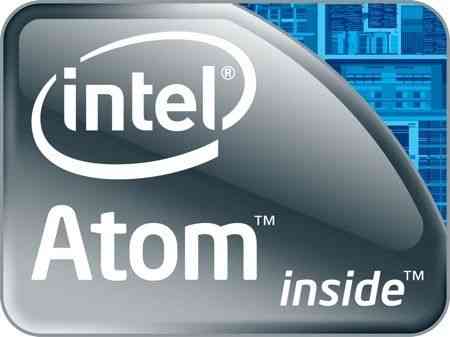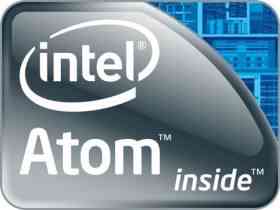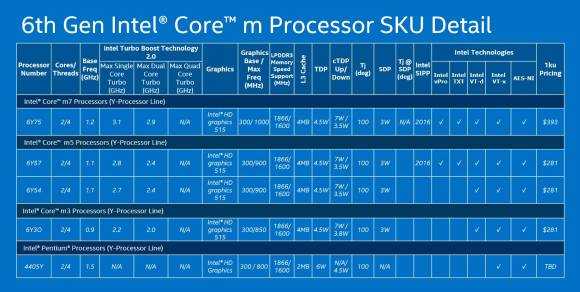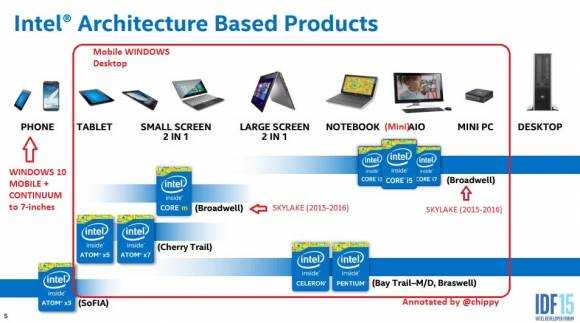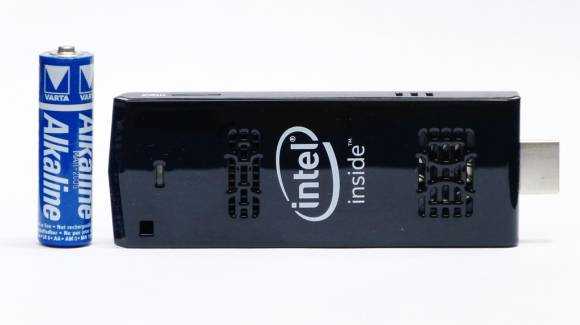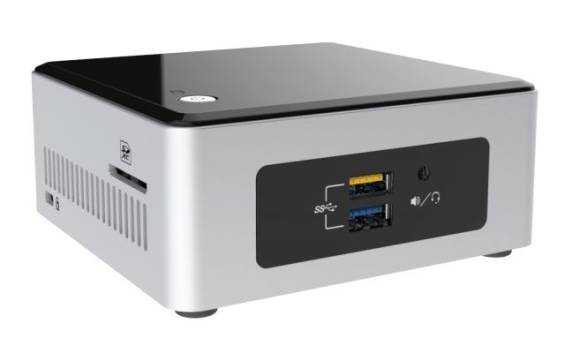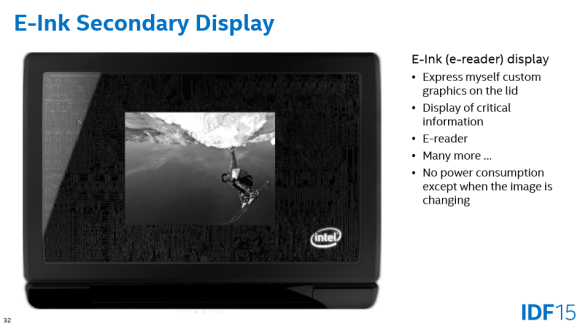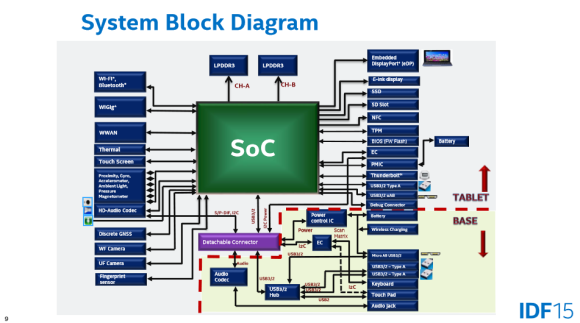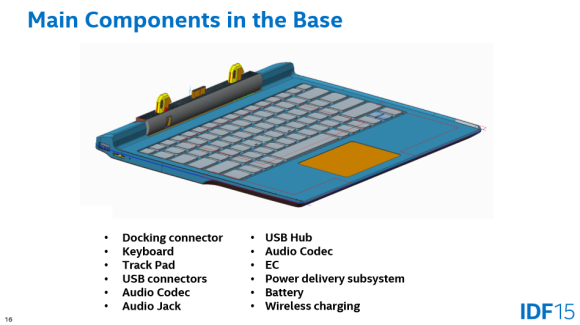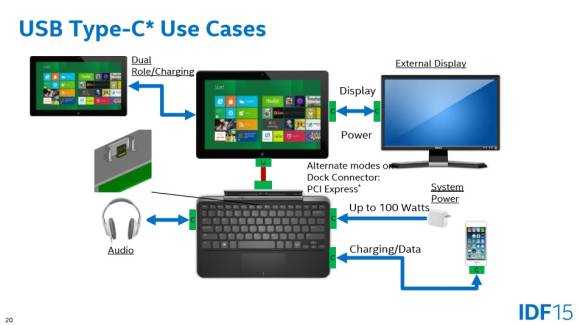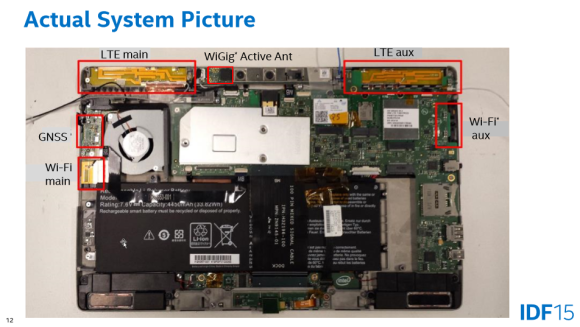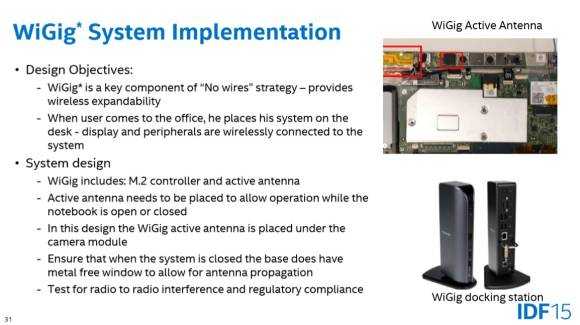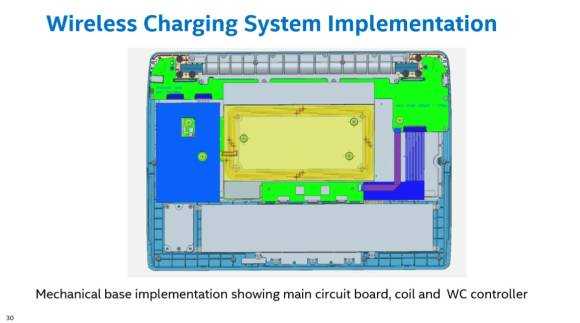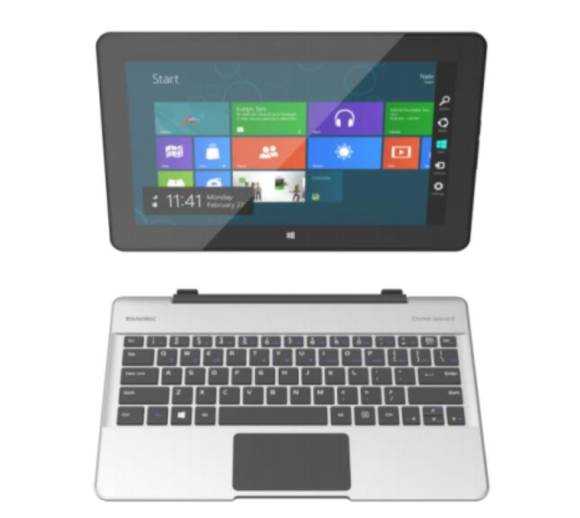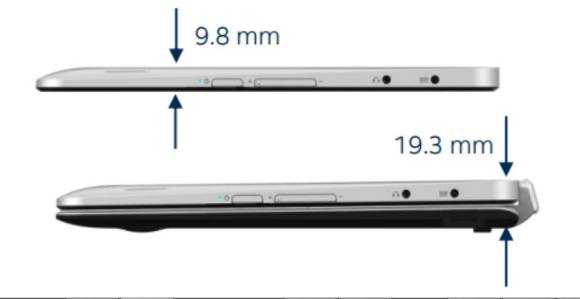The Intel-based ultra mobile PC era is coming to an end. The next generation of Intel SoCs for Windows and Android phones and tablets has been cancelled, signalling a departure from the 5-10 inch mobile PC space. Core M could fill-in but it looks very much like Intel are stepping away from this market. We’ve covered this for over 10 years at UMPCPortal so it’s a hard-hitting story for this website and all its fans. What’s the future for ultra mobile PCs?
Read the full storyTag Archive | "intel"

Next-gen Core M launches to boost 2-in-1 market opportunities.
Posted on 02 September 2015
The next generation Core M processors, based on 6th-gen Core technology launched at IFA 2015 in Berlin today. The Core m range now splits into a familiar structure. Core m3 Core m5 and Core m7.
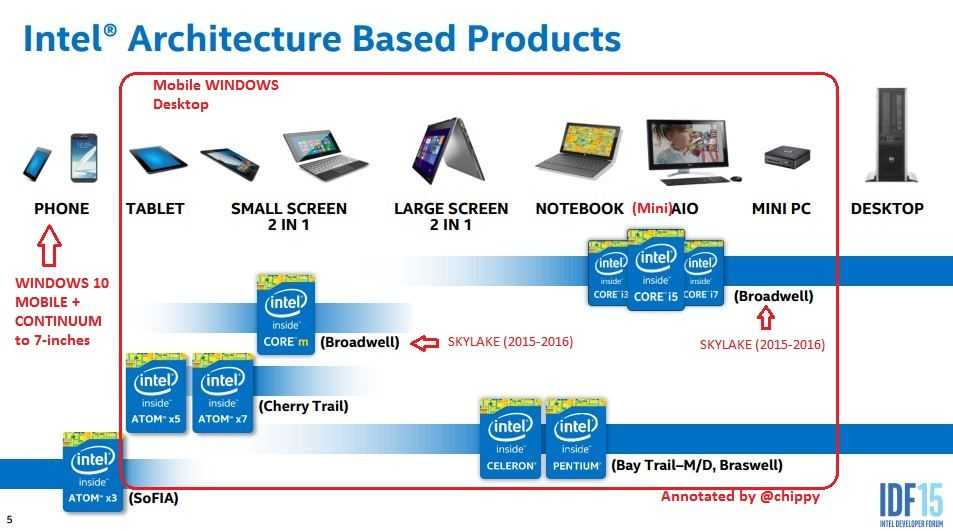
A detailed overview of the Intel ultramobile processor range.
Posted on 20 August 2015
There wasn’t a huge amount of ultramobile PC content for us at the Intel Developer Forum this week. IoT, robots and wearables were taking the limelight along with gaming, big data and, for the first time, cyber security. A breakthrough in storage technology could reach ultrabooks in 2016/2017 but before that happens there’s Skylake, the 6th-generation Core processor that will end up inside Ultrabooks and high-end 2-in-1 PCs, probably including Surface Pro 4. Intel didn’t reveal many details on stage but they’ve published a set of PDFs that we’ve already dissected. Skylake is the latest brand name to hit the ultramobile PC space but where does it fit into the big mix of ultramobile processors that Intel has? In one of the IDF sessions Intel presented a very detailed comparison of all the mobile CPUs, and that’s exactly what we’re going to take a look at in this article. Sit back and enjoy a tour through the complete range of processor, graphics, media, storage and memory technology capabilities that are on offer to ultramobile PC manufacturers.
This report may be updated with more Skylake information as information is released.
Read the full story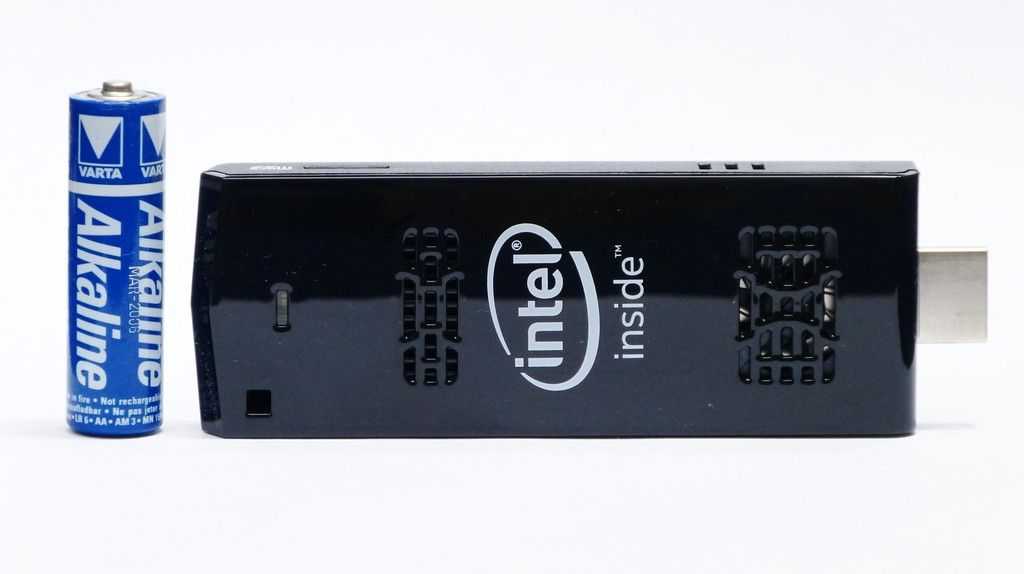
Intel Compute Stick as a low-cost web-working solution.
Posted on 17 July 2015
Update Jan 2020: The Intel Compute Stick is still getting updates, still works and runs for 24 hours on a 44Wh smartphone powerbank. More details below.
At $149 this is an interesting Windows 8.1 PC but when you know it weighs just 54 grams / 0.116 pounds it becomes a bit of an eye opener. The Intel Compute Stick, and its branded variants, are starting to become available in the market and I’ve had one for testing (from Intel) for the last two weeks. It’s not a tablet and it’s not a desktop. It’s not even a mini PC. This is a PC sealed inside a pocketable stick that can be plugged into an HDMI port on your monitor, powered by USB and used with a keyboard and mouse. It runs Windows 8.1 and can be upgraded to Windows 10. You will not find anything with this flexibility at this price, but is it powerful enough? I’ve been running tests on the Compute Stick and wanted to focus on one aspect that will interest a lot of people – web working.
Read the full story
Intel’s Computex keynote. Will we see an Intel Windows Phone? Update: No! (Pics, notes added)
Posted on 02 June 2015
Intel’s Kirk Skaugen, GM of the Client Computing Group, will be giving the opening keynote at Computex in Taiwan at 2pm local time and, as always at Computex, it’s an important one for Intel. The Internet of Things and wearables will feature in the keynote but we’re also likely to see some important mobile-PC related topics. The ultimate ‘reveal’ would be an Intel-based Windows 10 Mobile device, even a phone, but there are other things to think about too. Here’s a check-list of what you can expect. The keynote will stream live here.

Intel Braswell NUCs will start at $140 but aren’t fanless. Tech specs below.
Posted on 26 May 2015
Intel’s new entry-level mini PCs, codenamed Pinnacle Canyon, have appeared in retail channels and will start at $140. The new NUCs, NUC5CPYH and NUC5PPYH, will replace the Baytrail-M versions that were available in 2014 and add an SD card slot, optical audio output, optional VGA and replaceable lid modules. A consumer IR receiver is included on the front of the unit.
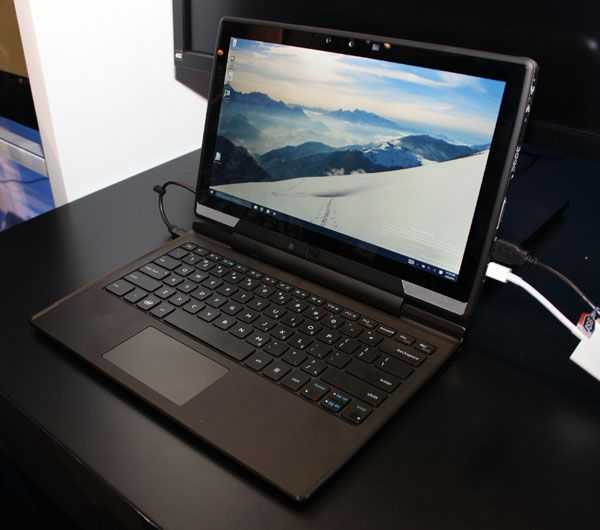
Intel Skylake showcase: E-ink, WiGig, RealSense, USB C, no-wires. (PDF and video)
Posted on 14 April 2015
Did you know that Intel makes own-brand tablets, laptops and 2-in-1s? I’ve had a couple and they’re pretty good. The latest is built on the next-generation Core platform codenamed Skylake which is due in late 2015. Nicole Scott from Mobilegeeks got a close look at the prototype at Intel’s developer conference in Shenzen and I’ve just taken a look at a PDF presentation describing what’s inside. It’s inspirational, and that’s the idea because these products aren’t targeted at consumers, they are early showcases that are meant to stimulate product designers and software developers into creating the next-generation PCs that you and I might want to buy in 2016. Read-on to find about E-ink, WiGig, USB-C, wireless charging and other new technologies that you’ll find inside the Skylake reference design and might find in your next 2 in 1 tablet.
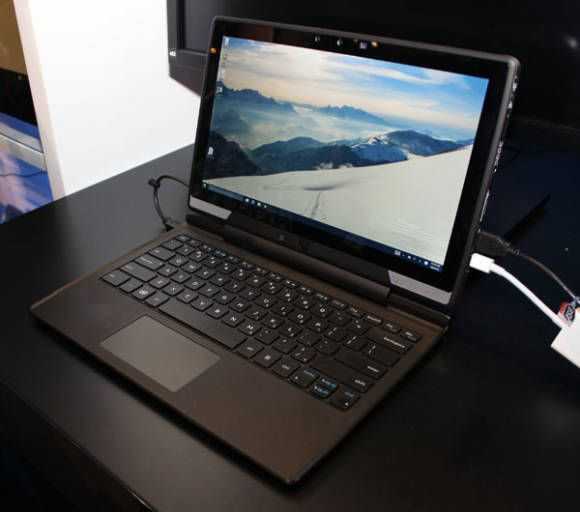
Intel Skylake 2 in 1. (Via Notebookitalia)
Skylake, the next generation Intel Core platform, has been teased a few times and it has usually been in conjunction with Intel’s ‘no wires’ marketing and 2-in-1 designs. I expect the platform to form part of a new Core M range (probably before any other laptop or desktop versions) and for it to be a big step forward in both processing capability and features. WiGig is coming of age as is USB-C but there are other technologies like wireless power, NFC and RealSense that Intel want to push. In a presentation at IDF 15 last week Intel even highlighted E-Ink secondary screens.
You’ll see it demonstrated in the video below but before you take a look at that, look at some of the details that Intel presented to attendees at IDF. The presentation PDF (available here but you might have to go through the session catalog here first) is titled “Integration of New Technologies for 2 in 1 Detachable Systems” and although it doesn’t directly reference Skylake, it’s clear that Intel are talking about next generation high-end architecture in the presentation.
Intel sees USB-C playing a big part in docking connectors for tablet and keyboards. In theory this could lead to some level of standardization. You might be able to plug a wireless charging keyboard into a tablet with a small USB-C cable, for example.
This ‘showcase’ doesn’t look as tidy as the new Macbook does on the inside but then the new Macbook doesn’t have RealSense, WiGig, GPS and (given that there’s a fan) a laptop-class processor in a dockable tablet design. Finally, there’s the wireless charging and WiGi to consider…
Nicole Scott from Mobilegeeks got to take a look at the real thing at IDF 15 in Shenzen. Take a look at the video below and read Nicole’s article here. Let us know what you think of these new technologies in the comments below. Which of the features do you want first and how much are you prepared to pay?

Intel’s Orchid Island is a Braswell 2-in-1 Reference Design targeting $299
Posted on 08 April 2015
Presented in a technical session at Intel’s IDF in Shenzen today were details about up-coming low-cost tablet and 2-in-1 platforms. The session covered a Core M reference design (used to make the Cube i7 low cost Core M tablet) and talked about the advantages of Atom X5 / X7. They also presented Brawsell as a solution for clamshells and 2-in-1s. Orchid Island is the reference design.
It’s build around a Celeron N3000 (Brawsell) and a target price of $299. For $299 – $349 Intel expects you to get a 1366 x 768 11.6-inch multitouch IPS screen with 64GB of eMMC storage and 4GB of RAM. A useful 37 Wh battery is included in the reference design.
There’s an HDMI port, USB 3.0 (Braswell does not support USB 3.1) and an SD card slot. The ‘lid’ weighs about 750 grams. The operating system could be Windows, Android or even Chrome OS. Battery life is said to be up to 11.5% better than systems built on previous generation (Baytrail M) processors.
We’ve previously seen most low-cost 2-in-1s being built on Baytrail-T (now X5 / X7) but it looks like Intel think that the Braswell platform can offer enough for the low-cost market. Lighter solutions with the longest battery life are possible with Atom X5 and X7 but at the end of day it’s the OEMs decision.
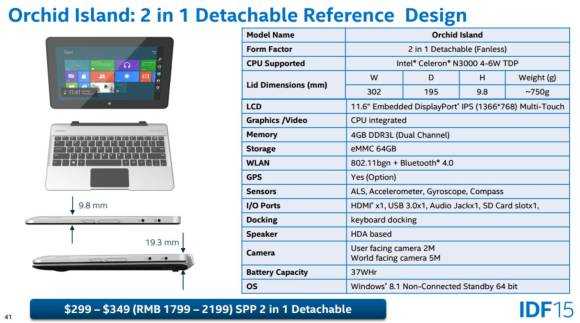
Orchid Island slide from IDF15 Source: Intel
 |
| |||
 |
| |||
 |
| |||
 |
| |||
 |
| |||
 |
| |||
 |
| |||
 |
| |||
 |
| |||
 |
|

